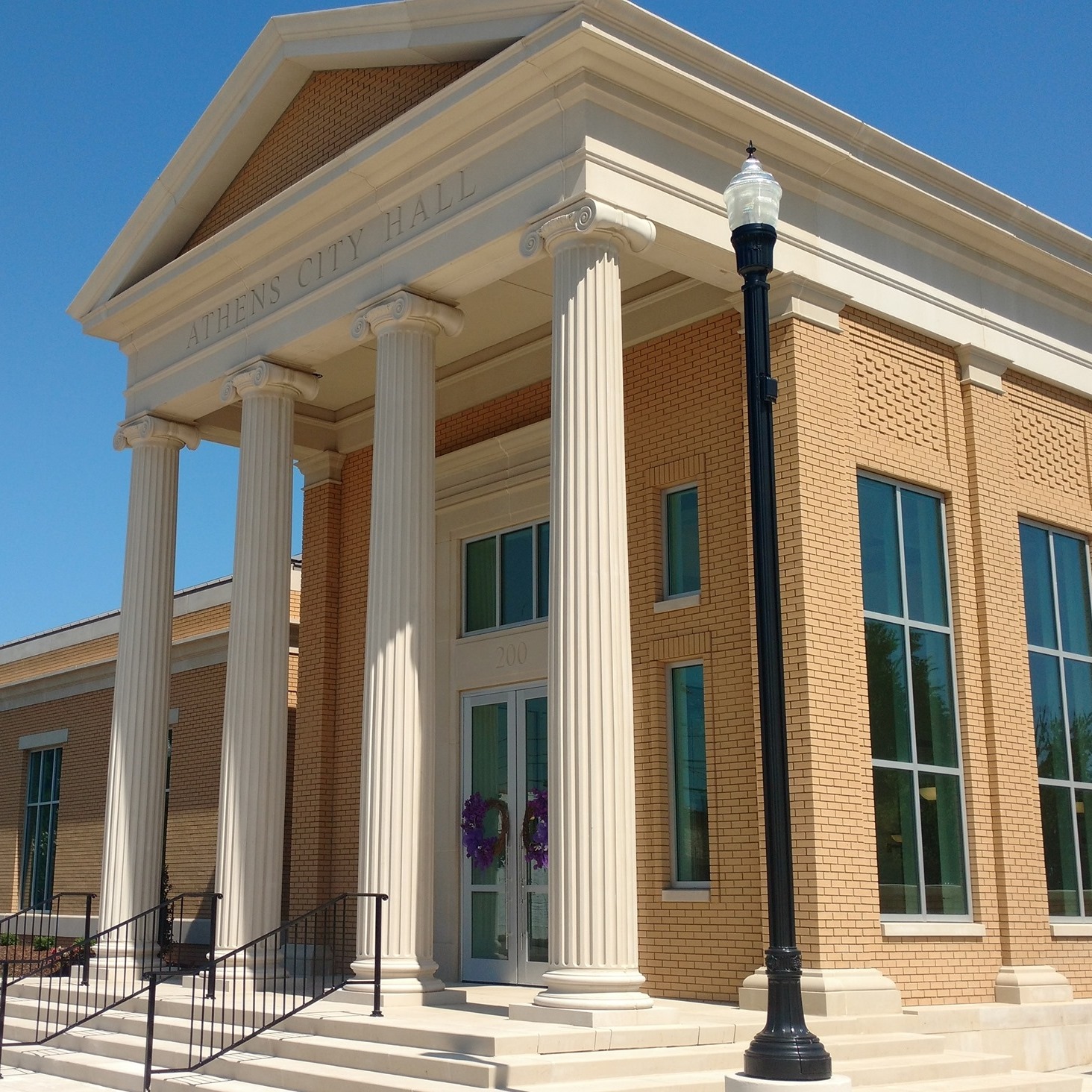ONE GARDENER TO ANOTHER: Now’s the time to prepare for the growing season
Published 6:45 am Monday, March 25, 2019

- Spring
This week marked the beginning of spring, or at least that’s what it says on the calendar.
It’s time to fling open windows, throw junk into boxes for that yard sale you’re planning and get out into the garden.
Trending
Yes, it may be a little cold, and yes, we have soggy gardens all through the Tennessee Valley. Although it may not be the time to start planting, there are chores to do to renew, replace and revitalize while we’re waiting for warmth.
If you are planning on starting a vegetable garden in the ground, it is highly recommended to test your soil. Raised-bed soil, since it is generally composed of bagged topsoil, compost, peat, etc., is not a candidate for a soil test.
Samples are analyzed for pH, phosphorus, potassium, magnesium and calcium. Depending on what you plan to grow, the results will show lime and fertilizer recommendations.
Free boxes for soil samples are available at the Limestone County Alabama Extension Office, located at 1109 W. Market St., Athens. The cost for the sample evaluation is $7 plus postage.
I leave a lot of perennials standing through the winter. Some provide seed head and berries for birds to eat, and others a nesting place or shelter. Some gardeners like a tidy garden and will cut back perennials in late fall. Pruning in early spring, however, not only benefits wildlife but also the plant by reducing winter damage.
Some shrubs with woody stems need to be cut back in spring because they bloom on new wood. Most hydrangea grow on old wood, meaning they bloom on last year’s stems. Certain varieties, however, such as limelight, bloom on new wood and would require pruning. Evergreen plants retain their leaves during the winter months. Spring is a good time to trim back tattered foliage and encourage new growth.
Trending
Many spring blooming trees, such as dogwood and redbuds, set their buds the previous fall. Pruning these trees before they bloom in spring would mean losing the season’s flowers. Crepe Myrtle and other late-blooming trees are best pruned in late winter or early spring when the tree is in dormancy. The basic rule of thumb is to prune late-flowering trees and shrubs — those that bloom in June, July and August — in early spring.
It’s never the wrong time to be proactive with weed control. Pull back winter mulch to expose early weeds. Smaller, unestablished weeds are easy to pull now. While you have the area cleared out, it is also a good time to divide plants, re-lay landscaping paper and cover with fresh mulch.
Although you may not be putting plants in the ground yet, trellises can be added to areas where climbing plants will eventually be planted. Since spring is a rainy time, wet soil makes it easier to push trellises, cages and other supports into the ground.
If you plan on sowing seed directly into the garden, it is a good time to purchase seed. This is especially true if you are ordering seed from catalogs or online, since you will need to factor in delivery times.
Now is a good time to till soil to get it ready for planting. If you received your soil test results, you can also make any recommended soil amendments.
Finally, pull out garden tools and clean, oil, repair, sharpen and take stock of tools. Take an inventory of other garden items that you are running low on or may need, such as mulch, soil, replacement tools, fertilizer, gloves and stakes.
Many garden centers will have pre-season sales, and you will have a better selection when the shelves are full.
A little time spent in the garden will make the time for planting a breeze and will calm the eager gardener antsy to get back in the dirt. Until next week, happy gardening.
— Irland, a member of the Limestone County Master Gardeners, can be reached at kippirland@hotmail.com. For more information on the Limestone County Master Gardeners, visit http://mg.aces.edu/limestone.





